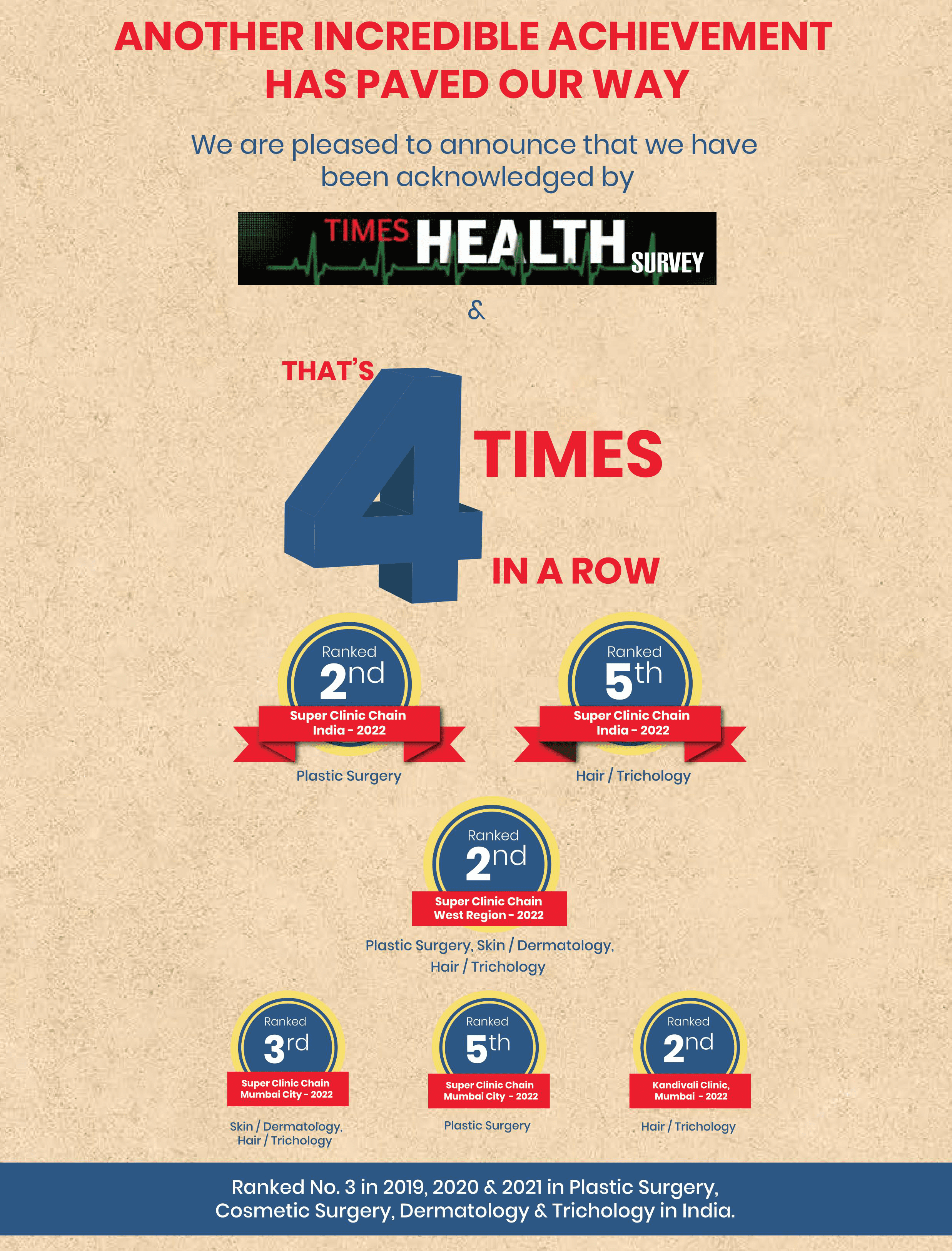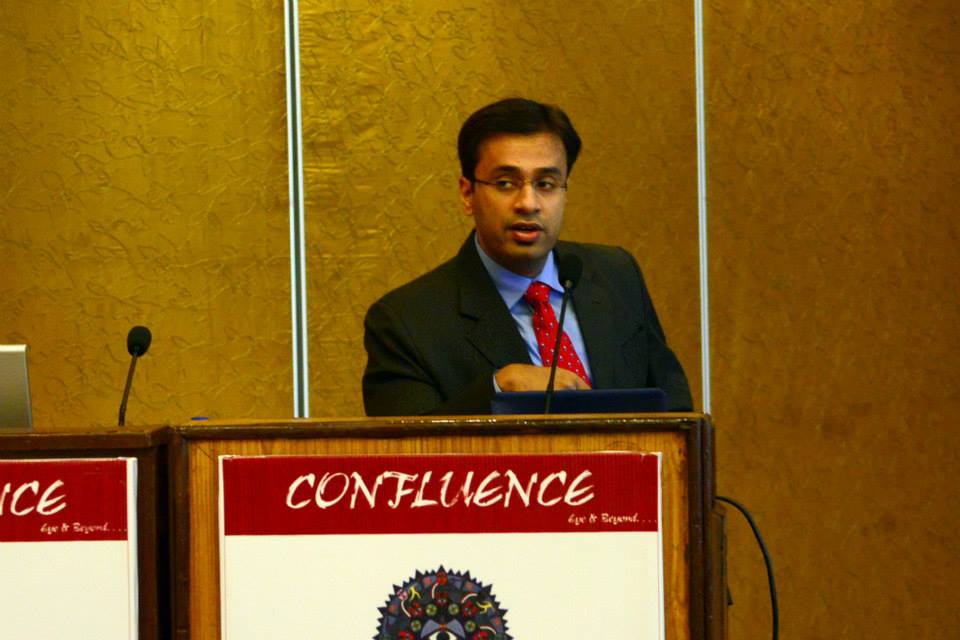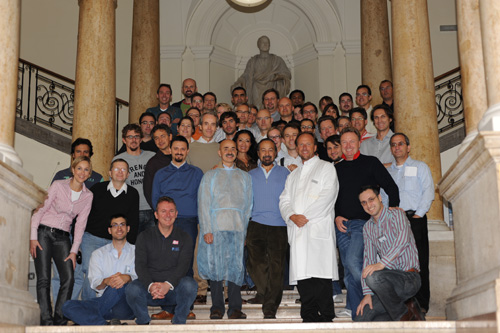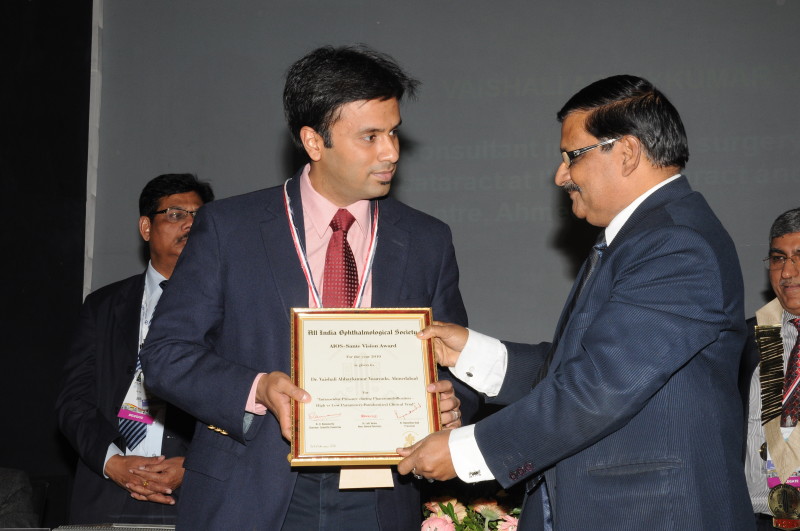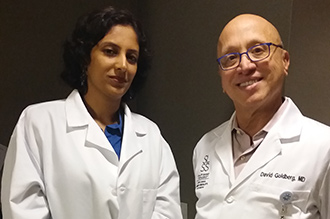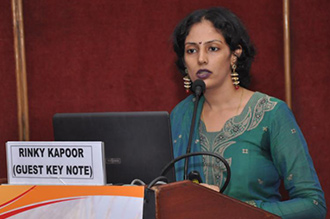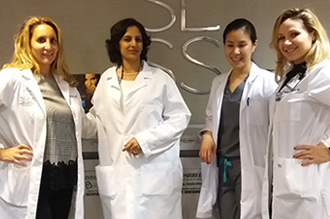In layman terms, gingival is used in describing the gum tissue, and as we know it, this part of the body is sometimes subjected to varying degrees of disorders that ultimately affect its functionality. In some instances, leaving the gum tissue uncared for or failing to go for regular medical (periodontal) examination often exacerbates the situation. It is on the back of this that, gingival surgeries may become expedient.
Gingival surgeries refer to the set of corrective medical interventions employed in the treatment of gingivitis or periodontitis. These interventions usually vary based on the conditions that are to be taken care of. Broadly speaking, if you are experiencing gum recession, a decayed tooth, excessive gingival display, or suchlike, you may need to visit a nearby clinic to have a gingival surgery. That said, some persons may also seek to have gingival surgery for cosmetic reasons.
In your first consultation/visit to The Esthetic Clinics – upon the initial recommendation of your dentist – you will be made to undergo an x-ray examination of the mouth and head; this would help the surgeon assess the situation. After this, your medical history is reviewed and the surgeon advises appropriately on the next steps to take. If it is ascertained that a gingival surgery is necessary, a date will be consequently fixed. It should be noted that where general anaesthesia will be required, the patient could be asked to avoid eating or drinking eight hours before a gingival surgery.
Irrespective of the type of gingival surgery you are doing, the very first steps that will be taken by the surgeon attending to your case include the methodological cleaning of the teeth and the application of anaesthesia. In some cases, the surgeon may have to incise the gum line to enable deep cleaning leading to the removal of plaque or tartar. At the end of the major surgical protocol, it is expected that the surgeon firmly stitches back the gum.
As it has already been emphasized, gingival surgeries are of different types, and the procedures also vary accordingly. Therefore, under this section, we will take you through some of the types and intimate you on how our plastic surgeons will approach each of them.
After the surgeries described above have been completed, the surgeon will guide the patient to use an antiseptic mouthwash to clean his/her mouth.
On the procedure for gingival flap surgery; the periodontist will use local anaesthesia to numb the gum region of concern, and then make an incision that separates the gum from teeth thereby enabling him to easily access the tooth root and underlying structures like the supporting ligament and bone tissue of the patient. Subsequently, he will remove the inflamed gum tissue and cleanse the tooth roots to get rid of the plaque and tartar lodging around them. Once this cleansing is completed, periodontist will return the gum tissue to position and stitch back the incised opening. Thereafter, he will place an intraoral bandage over the area to offer protection and advance the healing course. Having said that, it should be noted that other types of gingival surgery like gingivectomy and gingivoplasty can be carried out along with flap surgery depending on a patient’s condition.
In the event of doing a gingivectomy, the plastic surgeon uses a laser tool to make a soft tissue incision after the patient must have been anaesthetized. He then places a suction tool in the patient’s mouth to take out saliva which would, most likely, be in excess. The diseased (gum) tissue is then trimmed and removed; after this, the surgeon reattaches the remaining gum around the teeth using a suture. Thereafter, the surgeon uses a saline and/or mouthwash formula to clean the area, and places surgical dressing over the gum while the wound heals.
Like the other gingival surgeries previously discussed, the first step our surgeons take when doing gingivoplasty is to thoroughly clean the teeth and then numb the gum using local anaesthesia. A laser tool is subsequently used to make an incision, with excess gum tissues cut off and reshaping followed by contouring of unattractive gum are ensured. The surgeon, upon completing the procedure, will then place a surgical dressing over the gum tissue.
After a gingival surgery has been completed, it is important that take note of certain care guides – although the surgeon would usually schedule 2 – 3 weeks or even more (weeks) for follow-up consultation depending on the type of surgery done. Generally, you will be advised to clean your mouth regularly using antiseptic mouthwash – brushing and flossing of the gum line should be avoided to allow for the proper and/or speedy healing. Furthermore, you may also be given some antibiotic prescriptions after your gingival surgery. All these measures are in place to check the incidences of infection.
Again, considering the delicate nature of the gum post-surgery, you might have to feed only on soft meals and shun physical exercises that are highly laborious. It is not uncommon to experience mild to moderate swelling or pain/discomfort after a gingival surgery has been performed on you; this is why the surgeon’s bits of advice – as to what is permissible and things to be done away with – must be strictly followed.
The gingival surgery cost in India can only be accurately determined after the evaluation of a patient's condition. As such, the level of severity of the medical condition [that warranted the surgery], as well as the need for antibiotics, post-surgical evaluations and expert's fee are major factors to consider with regards to the cost implication of gingival surgeries.
The Esthetic Clinics has, on board, some of the best professionals in the field of periodontics. Among them is Dr. Debraj Shome who is presently one of the best plastic surgeons in India; he has over 17 years of experience and is a member of the American Board Certified in Facial Plastic & Cosmetic Surgery. The team at The Esthetic Clinics has overseen several medical procedures that have given its patients satisfactory results time and again. They ensure that the best practices are strictly maintained to provide the best gingival surgeries India has got to offer. Gingival surgeries, by Dr. Debraj Shome and the team at The Esthetic Clinics, follow a smooth course from your first visitation to post-surgical operation. So, you can rest assured that the niggling problem that has been affecting your gum will give way after you consult with the experts at our clinic.
Gingival surgeries, like any other medical intervention, require the best hands and this is what we guarantee you at The Esthetic Clinics. Gingival surgeries in Mumbai just got easier to access and will believe this would save you some cost as you hope to regain the full functionality of your gum.
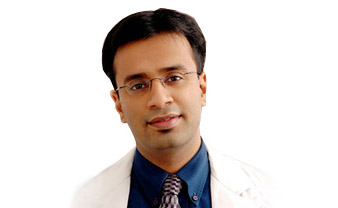

Dr. Debraj Shome is Director and Co founder of The Esthetic Clinics. He has been rated amongst the top surgeons in India by multiple agencies. The Esthetic Clinics patients include many international and national celebrities who prefer to opt for facial cosmetic surgery and facial plastic surgery in Mumbai because The Esthetic Clinics has its headquarters there.
